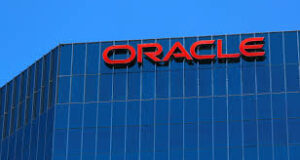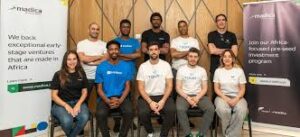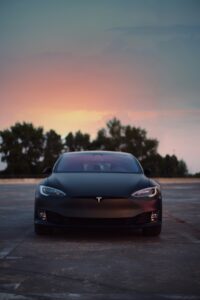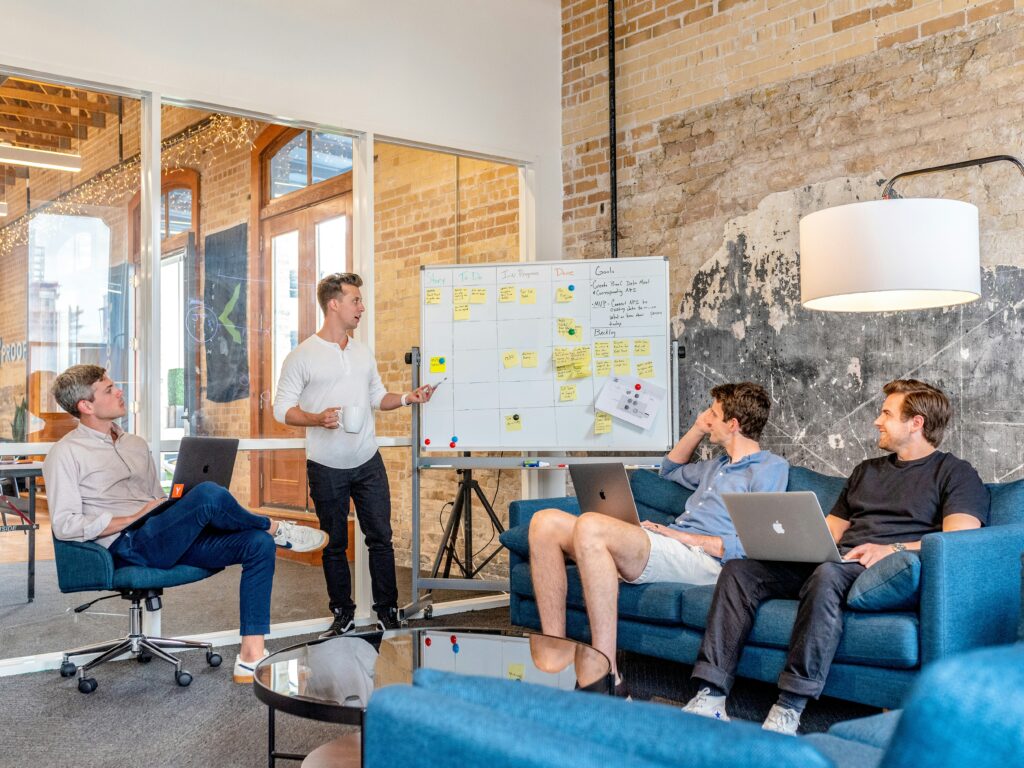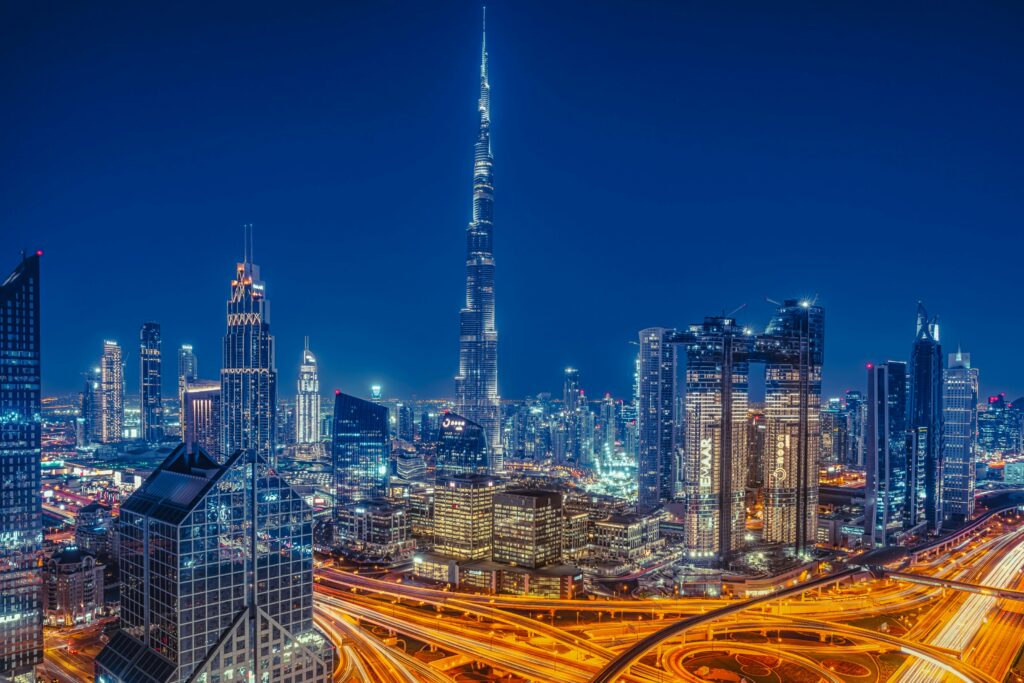Tesla is rolling out its robotaxi service in San Francisco, but not everyone’s cheering.
The company’s bold move has ignited pushback from regulators, prompting critical questions about safety, legality, and what happens when innovation moves faster than regulation. If you’re a founder building in AI, transportation, or other regulated spaces, this is a moment worth watching.
In late July 2025, Tesla quietly invited select owners in San Francisco to test its robotaxi feature, building on a similar small-scale rollout in Austin, Texas, just weeks earlier (TechCrunch).
The vehicles still include a human safety operator—but they are being used in ways that look and feel like commercial ride-hailing, even though Tesla lacks the required permissions to do so in California.
Why is this a problem
In California, two key agencies regulate autonomous vehicle services:
- California Department of Motor Vehicles (DMV)—oversees testing and deployment of autonomous vehicles
- California Public Utilities Commission (CPUC)—oversees passenger services and ride-hailing platforms.
Tesla currently holds only a basic testing permit—the kind that requires a human safety driver behind the wheel at all times. But here’s the catch:
To legally operate a robotaxi service, Tesla would need all three of the following:
- A driverless testing permit—to test autonomous vehicles without a human safety driver
- A deployment permit—to deploy AVs for use on public roads, even without commercial activity
- CPUC authorization—to transport passengers, whether paid or not (yes, even free rides need a permit!)
Tesla doesn’t have any of these. And more alarmingly, regulators say the company hasn’t even applied for them.
That puts Tesla firmly out of bounds—not in a gray area, but operating without legal approval for robotaxi services in California.
Compare that with companies like Waymo, Cruise, and Mercedes-Benz, which have gone through the proper channels and now hold driverless and commercial AV permits.
It’s about public safety, compliance, and the rule of law. Skipping the process might save time in the short term, but it could cost Tesla (and others who try the same route) heavily in public trust, lawsuits, and long-term viability.
Legal Troubles Aren’t New for Tesla
This isn’t Tesla’s first run-in with regulators:
- The California DMV sued Tesla in 2022, alleging it falsely advertised its vehicles as “Full Self-Driving” (LA Times).
- Tesla is involved in multiple lawsuits over fatal crashes allegedly involving its Autopilot system (Reuters).
- Despite promises, Tesla’s Full Self-Driving (FSD) system is still not truly autonomous and requires constant driver supervision (NHTSA Investigation).
Even in Austin—where Tesla first tested this robotaxi setup—the rollout is extremely limited. Only a handful of vehicles operate in central areas with safety drivers, far from the coast-to-coast autonomy Musk once promised (Electrek).
Now, Tesla is eyeing expansion in Florida and Arizona, states known for looser AV regulations. But the dream of widespread robotaxi coverage still seems distant.
What This Means for Founders and Tech Builders
This isn’t just a Tesla story. It’s a cautionary tale for every founder navigating the blurry lines between innovation and regulation.
1. Fast Doesn’t Mean Free
Tesla’s rollout is ambitious—but legally shaky. For startups building in regulated spaces, this is a hard truth:
- Compliance is part of product-market fit.
- Regulatory strategy matters as much as engineering.
- You can’t scale what regulators don’t approve.
Companies like Nuro, which makes autonomous delivery vehicles, or Mercedes-Benz, which offers Level 3 autonomous driving with proper permits, have moved more deliberately—and are reaping trust and credibility as a result (CNBC).
2. Trust Is a Long Game
Tesla was once the gold standard in self-driving PR. But public trust has eroded due to:
- Delayed timelines
- Misleading language
- Real-world accidents
Startups should take note:
- Be clear and honest about what your product can and can’t do.
- Don’t hype “AI magic”—build trust through transparency.
- When lives, money, or mobility are at stake, ethics matter as much as speed.
3. The AV Space Is Still Wide Open
If anything, Tesla’s chaotic rollout proves this: there’s still room to build.
You don’t have to reinvent the car. There’s real demand for:
- Infrastructure and AV mapping tools
- Driver behavior modeling
- Edge-case simulation engines
- Safety compliance platforms
- Better human-machine interaction design
The startups solving the “last 10%” of autonomous driving problems—weird edge cases, unpredictable drivers, chaotic cities—have a serious chance to win.
Final Take: Build Boldly, But Build Responsibly
Tesla’s robotaxi rollout in San Francisco is gutsy—but it might be too soon. The tech is evolving, but the public and legal system are still catching up.
For founders building in AI, transportation, health, or fintech, here’s the core lesson:
Vision is powerful. But execution—especially within the law—is everything.
If you want to scale in a regulated industry, make regulatory strategy part of your MVP process. Earn user trust early. Work with agencies, not against them. And never assume that great tech can outrun bad press or unsafe outcomes.
So, here’s the question:
Would you hop into a Tesla robotaxi today, knowing regulators haven’t given the green light? Or would you wait for a safer, more compliant option?

